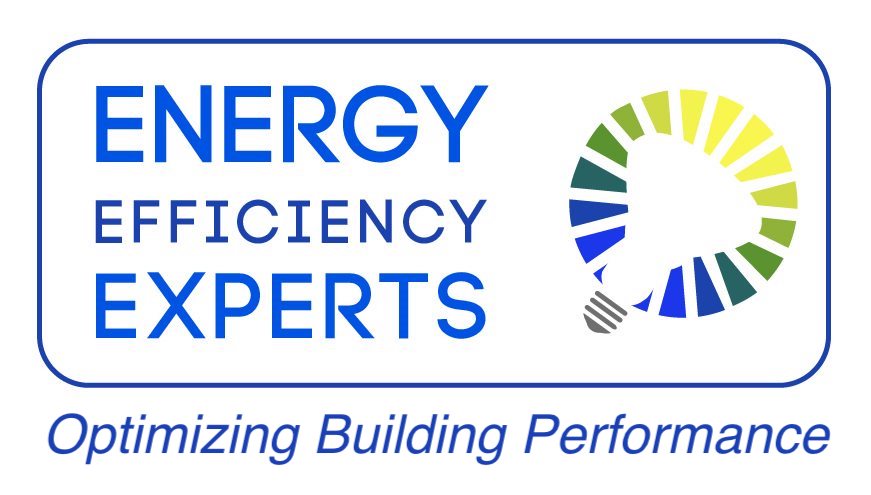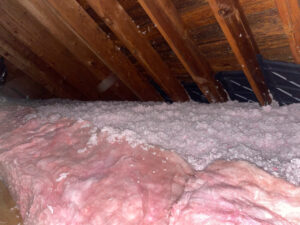"Tune-up" your Home Energy Plan.
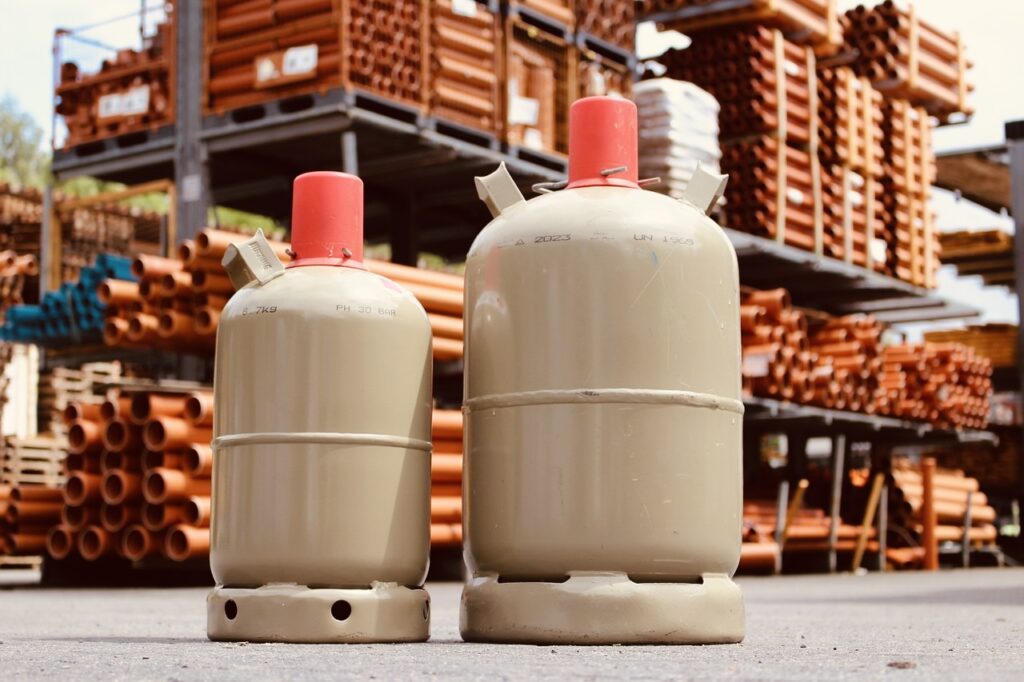
HVAC units require refrigerants to cool the air for making the home comfortable. When air conditioners entered the architectural landscape in the 50’s, water-cooler designs used frigid H2O to cool the air, but with advancements, “Heating, Venting, and Air Conditioning Systems” centralized home climate control into a system of pressurized refrigerant. The desire for colder air caused the innovation, but now a homeowner wonders, “What refrigerant best serves my needs, but also keeps the environment safe from pollutants?” With the entrance of Earth Day in the 70’s, a focus on the ozone layer’s “health” and a shift to greenhouse gas concerns in the late 90s, has sophisticated the desire to a scientific study of the refrigerant running your home’s HVAC system.
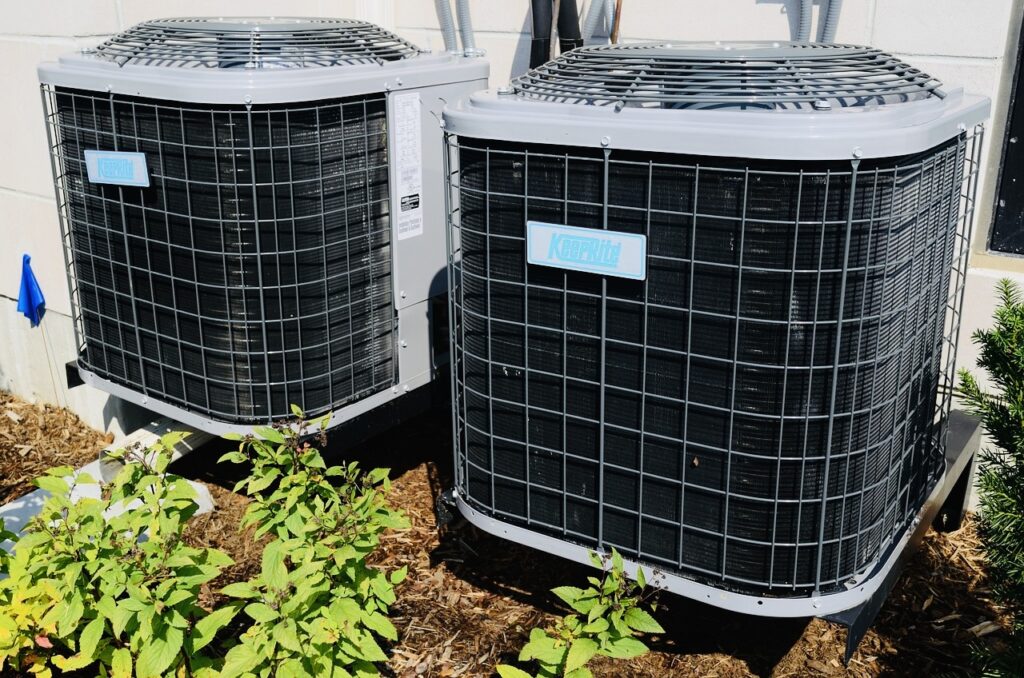
Check your heating and cooling system and you may notice it runs on R410 refrigerant. This gas known as “Puron”, or hydrofluorocarbon (HFC) doesn’t hurt the ozone layer with a lower ODP, “ozone depletion level.” R410 refrigerant does unfortunately have a high GWP or “greenhouse gas output.” The green friendly crowd has lobbied to have this liquid compound removed from new systems starting January 1, 2025, and replaced with R32, which is easier to recycle and has a lower energy footprint. Yes, a cost saving move. Plus, the GWP is more than 2/3 less. Switching to R32 lessens the concerns over global warming with this refrigerant. Some innovators, and yes, it does take new ideas and switching up views to continue improving our efficacy in machinery, wonder about refrigerant R290. Better known as propane, the GWP and ODP register at close to or at zero. Perfect for the environment, but highly combustible, it has received much skepticism. Installation, maintenance, and retrofitting all run some explosive risks! Once again, however, saving the planet requires an inquisitive mind in using our natural resources and liquid compounds.
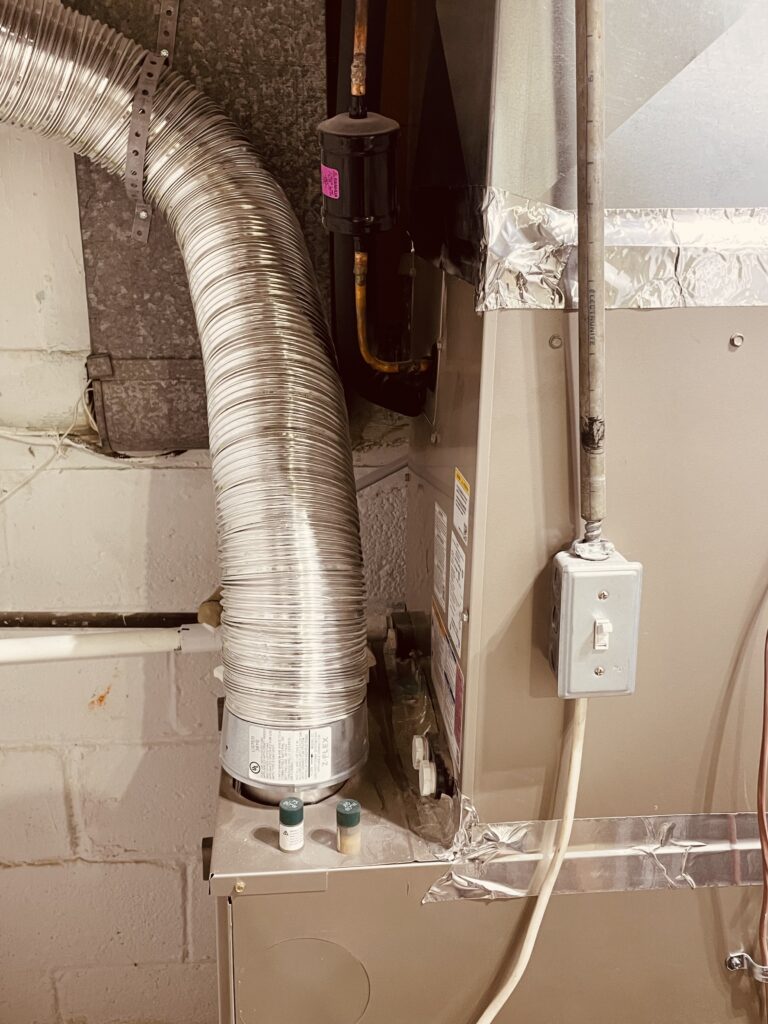
Getting some advice from experts in home energy audits in Maryland and Washington DCwill help diagnose a plan to make your home friendly for both the environment and wallet. A review will benefit older homes and scenarios may suggest, “Your cooling system is 28 years old, and the life expectancy is 15, so we suggest a new one. Yearly maintenance should include checking the refrigerant temperature and rewrapping the refrigerant pipe every five years.” Not only the type of refrigerant, but also protecting it will ensure less leaks. Keeping the air safe at home is a small step to maintaining a healthy world. Of course, a system that runs less will use less refrigerant, so finding ways to alleviate the load on the unit starts in the attic. Is it properly ventilated? If it’s hot as an oven during the summer, proper vents will take the pressure off the roof and the unit trying to counterbalance this heat source. Addressing this issue will also keep the attic dry in the winter, alleviating black mold, pathogens, and ice dams. The entire house audit for energy efficiency requires a trusting mind. Let those who are in the know transform a home twenty, fifty, a hundred or more years old into a “blue ribbon home,” modeling today’s energy saving plan.
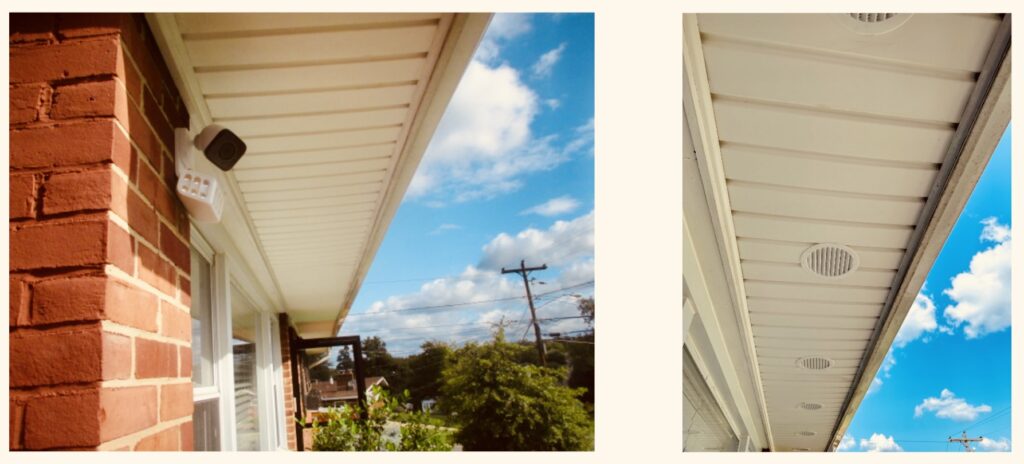
Sometimes, existing units and some of the older appliances can remain in the home with some “tweaks.” If you want to lower the GWP of your HVAC system, and you notice it runs R410, some modifications will switch up your system with R32. The key is a home energy audit. You can even get up to $150 or 30% of the cost in tax credits with your expert analysis of your home. Our society has evolved over the years with heating and cooling, but now we can fine-tune the home like giving a car a tune-up. Each move and upgrade to your home, using an objective mind that the lower energy heating and cooling costs is an easy choice. Together, with a switch to R32 in the HVAC unit, we will incrementally move closer to saving the planet!

